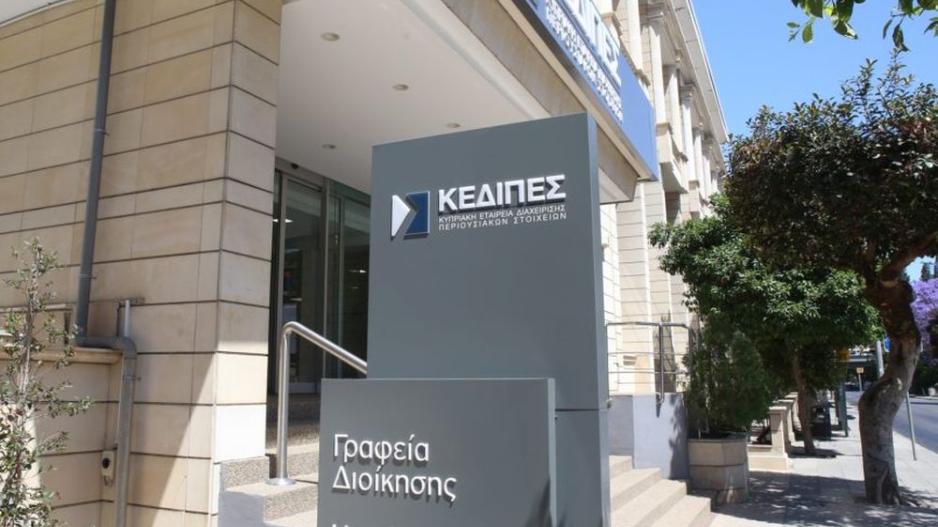Mortgage-to-Rent' Initiative to Be Launched on December 4th; Limited Participation Expected
€200 Million Fiscal Investment Over Two Years
The government is set to launch the new initiative, "Mortgage-to-Rent," on December 4th. This scheme, the fourth of its kind, aims to help vulnerable non-performing borrowers retain their primary residences. It follows previous schemes such as Estia, Oikia, and the Central Agency for the Equal Distribution of Burden.
Approved by the European Commission, the scheme allows eligible borrowers to transfer their home ownership to the state-owned Asset Management Agency (KEDIPES). In exchange, their loan will be written off, and the state will cover their rent for 14 years, with an option for the tenant to repurchase the home after five years.
Finance Minister Makis Keravnos, speaking at a press conference, highlighted that this scheme complements the government's efforts to address non-performing loans. It aims to fill any gaps in existing schemes to better support borrowers and households. Keravnos emphasized the scheme's primary goal: to protect vulnerable households by fully settling their loans secured against their residences. He urged eligible borrowers to seize this opportunity as a feasible solution to their challenges.
George Panteli, the Finance Ministry's Permanent Secretary, estimated the scheme's fiscal cost at €200 million over the next two years, representing 0.9% of GDP.
Lambros Papadopoulos, President of KEDIPES, noted the scheme's significance for vulnerable borrowers, describing it as more favorable than similar initiatives in other EU member states.

Under the scheme, KEDIPES will acquire primary residences valued up to €250,000, collateralizing non-performing loans at 65% of the market value. Banks will then write off the remaining loan balance. KEDIPES will subsequently rent the properties to the borrowers, with the state covering the rent for 14 years.
Eligible borrowers include those receiving public support allowances and mortgage holders not viable under the Estia and Oikia schemes, with primary residences valued up to €350,000.
Keravnos expressed that this scheme, combined with previous initiatives and legislative proposals, represents a balanced approach from the government, addressing the needs of all borrowers, including those perceived as strategic defaulters.
KEDIPES anticipates that about one-third of the approximately 2,500 eligible borrowers will participate, based on the uptake of previous schemes, particularly ESTIA.
When asked about identifying strategic defaulters, Keravnos stated that this scheme, coupled with the government's legislative package, has the potential to reveal such defaulters.
Panteli recalled that the ESTIA scheme, which involved restructuring non-performing mortgages with state subsidies, attracted minimal interest, even though around 13,000 borrowers were eligible. He suggested that those who did not participate might be considered strategic defaulters.






